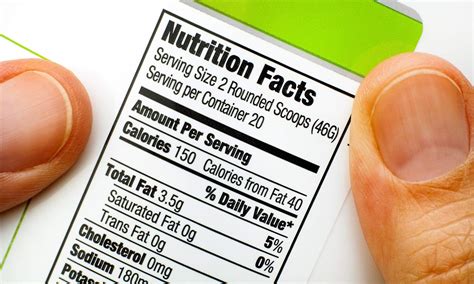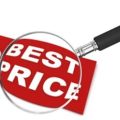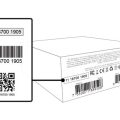Understanding Product Origin Labeling: Essential Guide and FAQs
What is Product Origin Labeling?
Product origin labeling refers to the practice of marking products with details about where they were made, assembled, or sourced. These labels, often mandated by law, provide consumers with information on the product’s origin, helping them make informed purchasing decisions. Origin labeling can be found on various goods, from electronics to food, and usually includes the country, region, or factory where the product was manufactured.
In recent years, origin labeling has gained prominence as consumers become more concerned with ethical sourcing, sustainability, and fair trade practices. Knowing a product’s origin allows buyers to support domestic industries, reduce their environmental footprint, or purchase items that adhere to specific standards.
Countries may have distinct labeling requirements based on industry standards, consumer expectations, and trade agreements. For example, some regions require “Made in” labels for imported goods, while others offer voluntary labeling schemes for locally made products. Let’s explore the key benefits, challenges, and types of product origin labeling in detail.
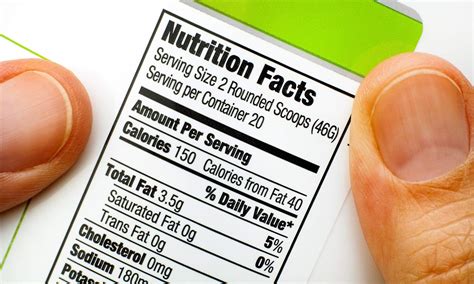
Why is Product Origin Labeling Important?
Product origin labeling serves several crucial functions for consumers, businesses, and regulatory bodies. Here are some of the primary reasons why it matters:
- Informed Consumer Choice: Labels help consumers make choices aligned with their values, whether supporting local industries or purchasing ethically sourced goods.
- Quality Assurance: Some countries are known for high-quality production of specific goods, so origin labels act as an indicator of quality.
- Compliance and Trade: Origin labeling is often required for compliance with international trade laws and regulations.
- Brand Transparency: Providing clear origin details can increase consumer trust, especially in brands focused on sustainability and fair labor practices.
In essence, origin labeling connects consumers to the source of their goods, allowing them to understand the broader story behind each purchase.
How are Product Origins Determined?
Determining the origin of a product can involve complex rules, especially for goods assembled in multiple locations. Typically, origin determination follows these methods:
- Wholly Obtained Criteria: Products like agricultural goods or minerals are considered to have originated where they were fully produced.
- Substantial Transformation Rule: If a product undergoes significant manufacturing in a particular country, that country is deemed its origin.
- Value-Added Criteria: This rule focuses on the percentage of production costs added in a particular country.
Each method ensures that the origin reflects the location contributing the most to the product’s creation. Compliance is key, as failing to meet these requirements may lead to penalties or goods being denied entry into specific markets.
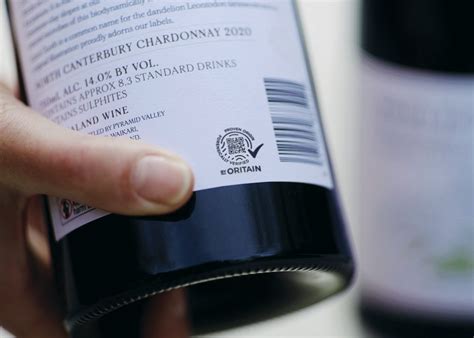
What are the Types of Product Origin Labels?
Product origin labels come in various forms, each serving a unique purpose. The main types of origin labels include:
- Country of Origin (COO): A mandatory label stating where the product was manufactured.
- Assembled in: Indicates the location where the product was assembled from imported parts.
- Made in USA/Other Country Specific Labels: Specific labels that reassure customers of local manufacturing and support domestic markets.
- Geographical Indications (GIs): Labels indicating that a product has unique qualities due to its geographic origin (e.g., Champagne from France).
Each type of label offers distinct information, but all serve the same purpose: to enhance transparency for consumers.
What Regulations Govern Product Origin Labeling?
Product origin labeling regulations vary by country and often depend on the type of product. Here is an overview of labeling requirements for some regions:
| Region | Labeling Requirement | Examples |
|---|---|---|
| United States | Mandatory for most products, including electronics and food items. | Country of Origin labeling, Made in USA |
| European Union | Labels required for textiles, food, and certain manufactured goods. | Geographical Indications, EU Origin Label |
| Japan | Country of Origin labeling required for food, textiles, and certain imports. | Made in Japan, Assembled in Japan |
These regulatory frameworks aim to protect both consumers and industries by enforcing accurate and consistent labeling.
How Can Consumers Verify Product Origin Labels?
Consumers can verify the authenticity of product origin labels through various methods, such as:
- Barcode Scanning Apps: Apps can scan barcodes and provide product details, including country of origin.
- Official Certification Marks: Certain products may carry a certification mark proving the origin claims.
- Online Research: Many companies provide product origin details on their official websites.
These methods give consumers tools to verify origin claims, adding an extra layer of trust to their purchasing decisions.
What Role Do Product Origin Labels Play in Trade?
Product origin labels are essential for international trade. They help governments regulate tariffs, apply trade agreements, and prevent counterfeiting. Here’s how origin labeling affects trade:
- Tariffs and Taxes: Countries impose different tariffs based on product origin, so labeling aids in accurate tax application.
- Trade Agreements: Products from free trade zones may enjoy reduced tariffs, but labels are necessary to validate their origin.
- Anti-Counterfeit Measures: Origin labels help protect local industries from counterfeits, boosting authentic product sales.
Effective labeling policies benefit global trade by creating a fair and transparent marketplace for all participants.
FAQs about Product Origin Labeling
1. What information is included in product origin labels?
Product origin labels usually include the country of manufacturing or assembly. Some labels may also specify regions, such as “Assembled in the EU,” or provide certifications for geographical indications.
2. Is origin labeling mandatory for all products?
Origin labeling is mandatory for certain products like food and electronics, while others may have voluntary labeling based on the country’s regulations.
3. How can I identify if a label is accurate?
Consumers can verify labels using barcode scanning apps, certification marks, or by checking the brand’s official website for origin details.
4. What is the difference between “Made in” and “Assembled in” labels?
“Made in” refers to complete manufacturing in a specific location, while “Assembled in” means the product’s components were put together in that location but sourced from elsewhere.
5. Why do some labels show “Product of USA” or “Made in China”?
These labels signify that the product was either fully manufactured or had substantial production in the stated country, aligning with regulatory standards.
6. Are origin labels the same as quality labels?
No, origin labels indicate where a product was made, while quality labels certify specific standards. However, certain origins may imply higher quality due to skilled craftsmanship.
7. Do origin labels impact consumer buying decisions?
Yes, many consumers use origin labels to support ethical sourcing, fair labor, or sustainability, influencing their buying decisions based on country of origin.

